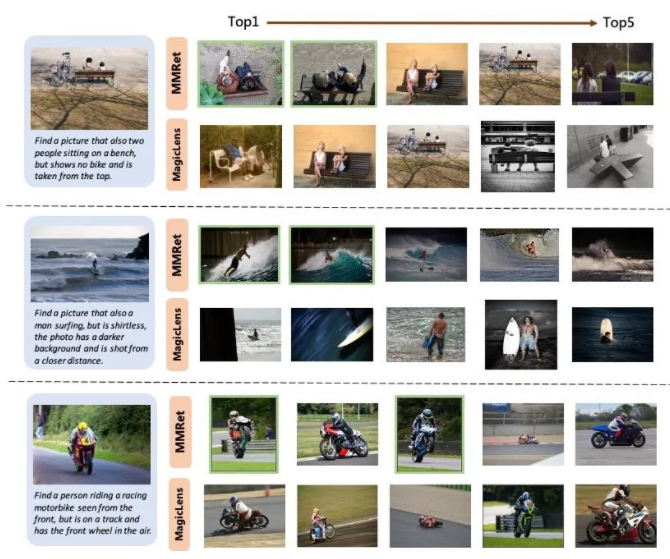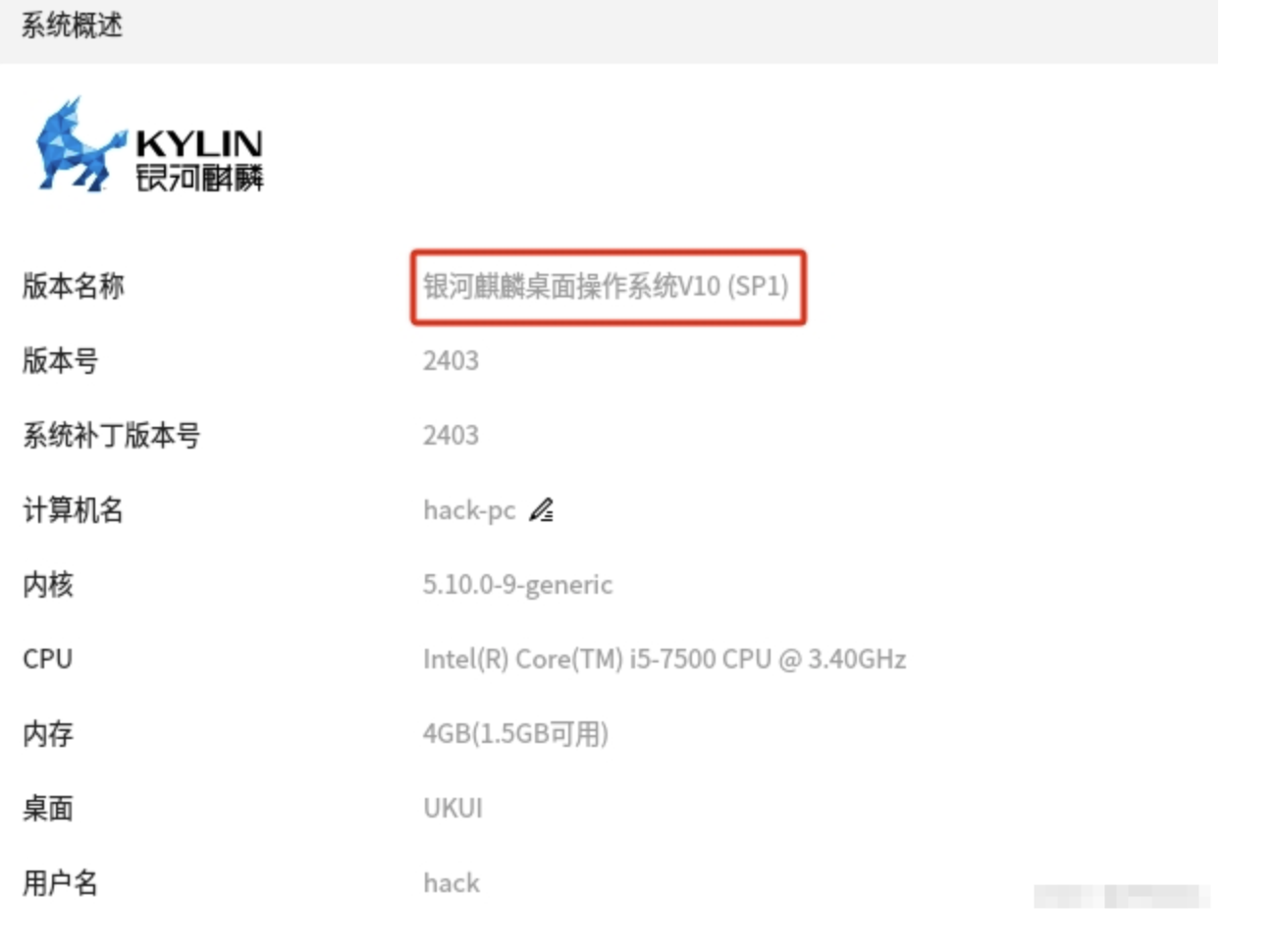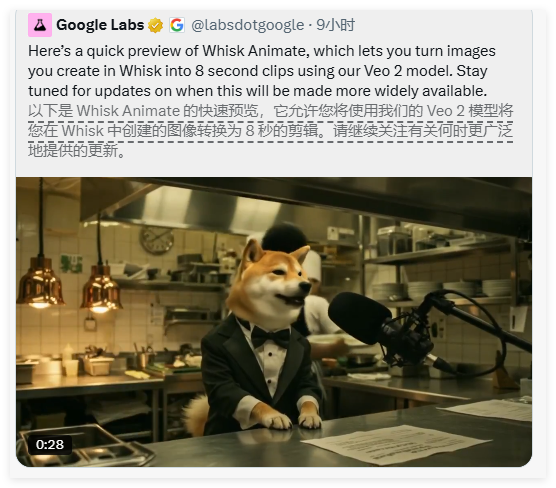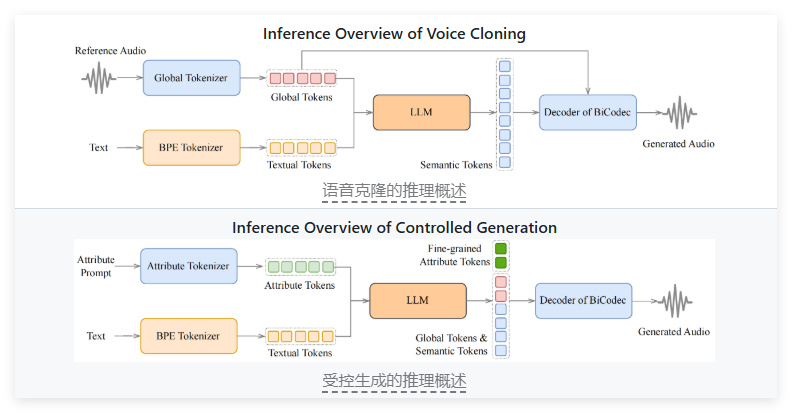At the intersection of science and technology, graphs, as an important tool for expressing complex relationships, are gradually attracting the attention of researchers. Graphs play an integral role in many fields, from chemical molecule design to social network analysis. However, how to generate graphics efficiently and flexibly has always been a challenging problem. Recently, research teams from Tufts University, Northeastern University, and Cornell University jointly launched an autoregressive model called Graph Generative Pre-trained Transformer (G2PT), aiming to redefine graph generation and representation.

Unlike traditional graph generation models that rely on adjacency matrices, G2PT introduces a sequence-based tokenization method. This method takes full advantage of the sparsity of the graph by decomposing it into node sets and edge sets, thereby significantly improving computational efficiency. The innovation of G2PT is that it can gradually generate graphs like natural language processing, and complete the construction of the entire graph by predicting the next token. Research shows that this serialized representation not only reduces the number of tokens, but also improves the quality of generation.
G2PT’s adaptability and scalability are impressive. Through Fine-tuning technology, it demonstrates excellent performance in tasks such as goal-oriented graph generation and graph attribute prediction. For example, in drug design, G2PT can generate molecular maps with specific physicochemical properties. Furthermore, by extracting graph embeddings of pre-trained models, G2PT also shows superiority on multiple molecular property prediction datasets.
In comparative experiments, G2PT significantly outperforms existing state-of-the-art models on multiple benchmark datasets. Its performance has been highly recognized in terms of generation effectiveness, uniqueness, and molecular attribute distribution matching. The researchers also analyzed the impact of model and data scale on generation performance. The results showed that as the model size increases, generation performance significantly improves and tends to be saturated after a certain scale.
Although G2PT has demonstrated excellent capabilities in multiple tasks, researchers also pointed out that the sensitivity of the generation order may mean that different graph domains require different order optimization strategies. Future research is expected to further explore more versatile and expressive sequence designs.
The emergence of G2PT not only brings innovative methods to the field of graph generation, but also lays a solid foundation for research and application in related fields.







